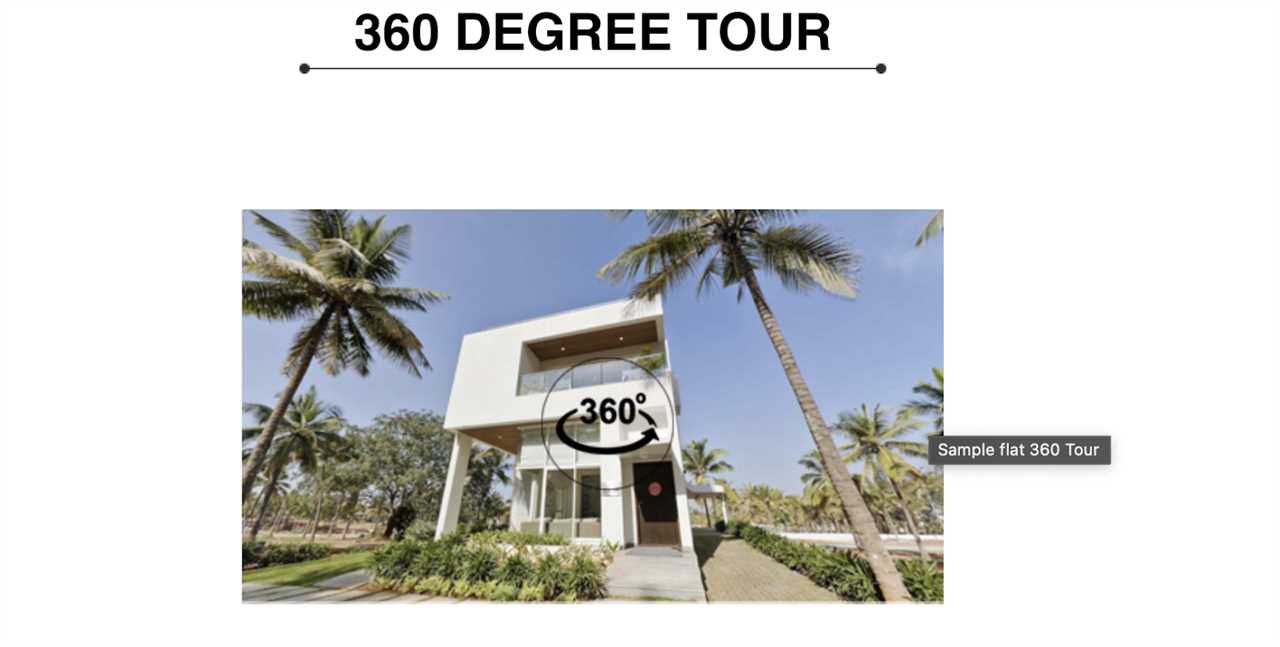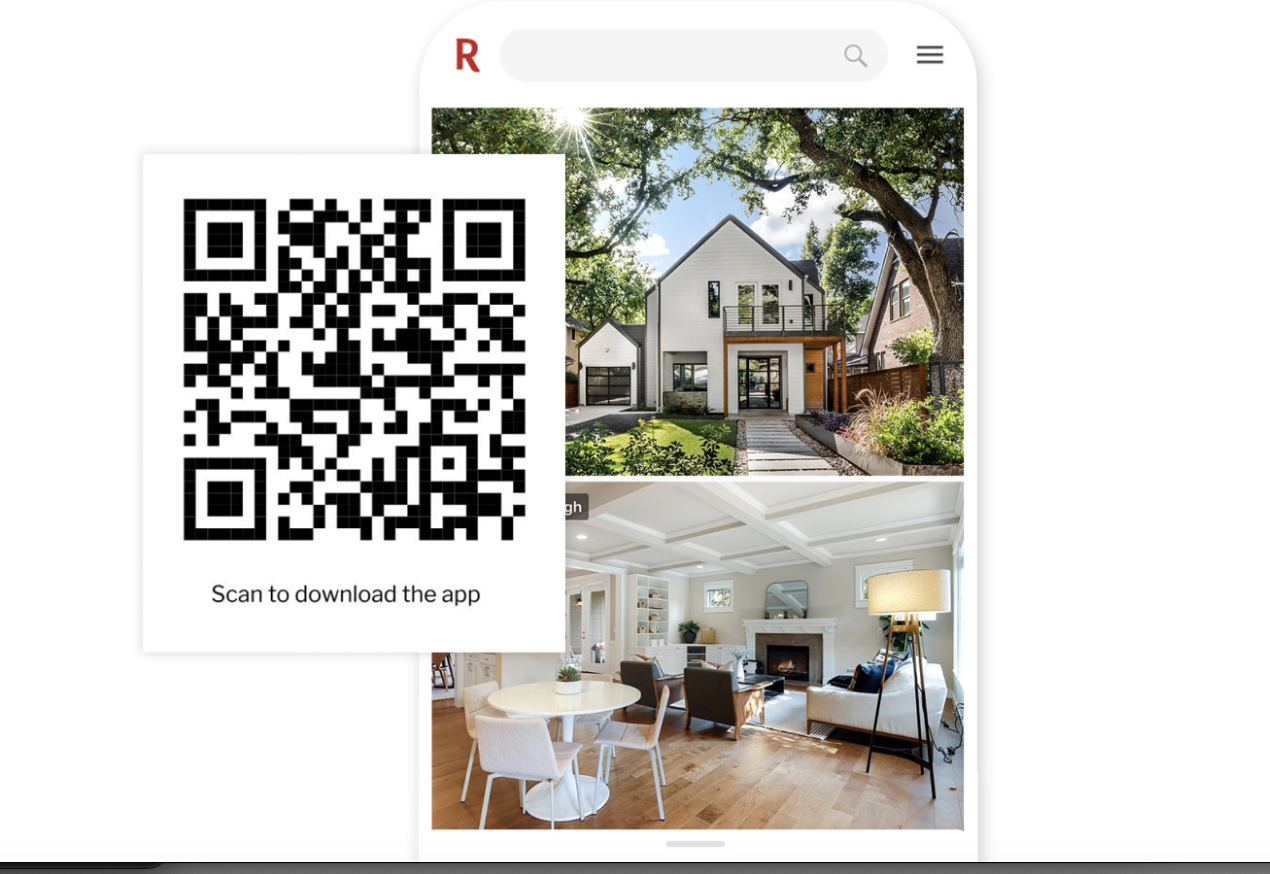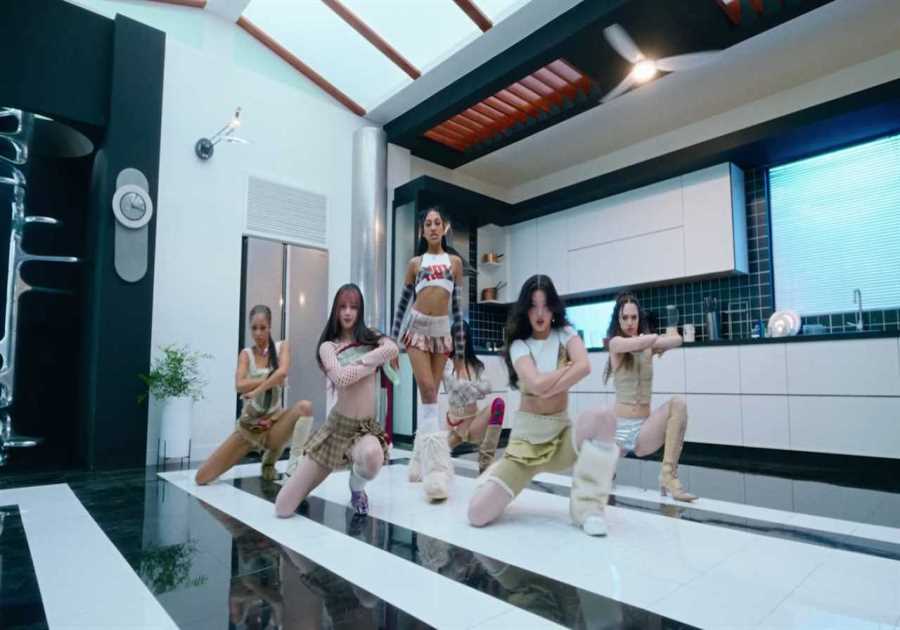The real estate sector is constantly evolving, and one technology has emerged as a true game changer: virtual reality (VR). With its captivating and immersive experiences, VR has captured the attention of industry stakeholders, unlocking vast untapped potential.
While VR has transformed various industries, it is in real estate where its impact truly shines. VR homes have revolutionized the way properties are showcased, offering unparalleled interactive virtual tours. This transformative technology has opened up a new world of possibilities, empowering agents and captivating potential buyers like never before.
Continue reading to delve into the exciting realm of VR in real estate, exploring its benefits, advantages and the promising future it holds for the industry. The following list of ten ways to use VR in real estate could forever change the way you do business.
Take your customers on virtual tours
Virtual property tours are essential in real estate marketing, and these tours leverage VR technology’s power. These immersive experiences enable prospective buyers to explore properties in three dimensions from the comfort of their homes.
According to Matterport, 360 interactive virtual tour integration in real estate listings increases the likelihood of homebuyers reaching out to agents by a significant 95%. Moreover, properties featuring 3D tours spend less time on the market — typically around one-third less time — and agents can secure higher selling prices.
Real estate agents can utilize VR to create interactive and engaging platforms that allow buyers to navigate properties virtually, gaining a comprehensive understanding of their layout, design and spatial qualities. Many QR Code makers simplify the sharing process by providing quick access to VR tours through scanned codes. This powerful combination expands the reach of real estate listings to a global audience, attracting international buyers and investors.
Virtual reality tours in real estate are typically categorized into guided tours and interactive tours, each providing unique advantages and complexities.
Guided tours
Guided tours typically consist of pre-recorded videos captured using a panoramic camera. These videos provide a 360-degree view of the property, allowing viewers to experience the space through a VR headset.
While guided tours offer a relatively straightforward approach without sophisticated rendering or programming, they still provide an immersive experience by allowing users to explore the property virtually.

Interactive virtual tours
In contrast, interactive virtual tours offer a highly engaging and immersive experience for clients. These tours give clients the freedom to navigate and interact with the VR environment. They can choose their own path, move around and engage with specific elements through strategically placed hotspots.
This interactivity elevates the overall experience, providing potential buyers with a greater sense of control and involvement. However, developing interactive virtual tours requires advanced rendering techniques and programming expertise, making them more complex to create compared to guided tours.
Gain in-depth insights through VR market research
By utilizing VR technology, agents can conduct immersive surveys, gather feedback and analyze user behavior within virtual environments. This enables them to understand buyer preferences, identify trends and make data-driven decisions.
VR market research provides agents with a realistic and interactive platform to test property designs, explore potential renovations and assess the impact of various factors on buyer perception. By leveraging VR, real estate agents can enhance their understanding of the market, optimize their strategies and ultimately improve their overall success in the industry.
Keller Williams, one of the largest real estate franchises globally, has incorporated VR technology into their marketing strategies. They use VR to view properties, and their location, perform competitive analysis and understand recent trends.

Source
Remote client consultations
Virtual reality enables real estate agents to conduct remote client consultations. Instead of requiring clients to visit the office or travel to the property, agents can use VR to provide virtual meetings. Clients can view properties, discuss details and ask questions in real-time, even if they live far away. This technology eliminates geographic barriers, saving time and increasing convenience for both parties involved.
VR QR codes
QR codes linked to virtual reality experiences simplify the sharing of immersive property tours. Real estate agents can generate QR codes associated with specific properties and share them through various marketing channels, such as websites, social media or print materials.

Interested buyers can scan these QR codes using their smartphones, instantly accessing the VR tours. VR QR codes make it easy for agents to provide engaging experiences to potential buyers, facilitating efficient property exploration and increasing exposure for their listings.
For example, Redfin, a real estate brokerage firm, adopts VR to offer virtual walkthroughs of properties with QR codes. Through immersive virtual tours, buyers can explore different rooms, get a sense of scale and visualize the property as if they were physically present.
Virtual home staging
According to Realtor.com, staging a 2,000-square-foot home typically costs between $2,000 and $2,400 per month. This significant expense poses a considerable operating cost for real estate agents who adopt traditional staging methods. While selling a home furnished with cozy furniture is generally more appealing than presenting a space, the financial burden associated with physical staging is undeniable.
Fortunately, VR provides a cost-effective alternative by allowing agents to stage listings for sale without incurring additional expenses. This virtual staging option offers numerous advantages, such as:
- Eliminates the need for purchasing or renting physical furniture, thereby minimizing costs for agents.
- Enables agents to showcase various interior design styles to cater to the preferences of diverse potential buyers.
- Allows customization and enhances the overall presentation of the property, potentially increasing buyer interest and accelerating the sales process.
Compass, a technology-driven real estate firm, incorporates virtual staging as part of its offerings. They use advanced visualization techniques to create realistic digital furnishings and decor for their listings.
VR training of agents
Real estate firms are increasingly adopting VR to provide their agents with immersive and interactive learning experiences. With VR agents can explore properties virtually. They can navigate different rooms, examine details and get a realistic sense of the property’s layout and features. New agents can also practice their sales and negotiation skills. VR can simulate various sales scenarios, allowing agents to practice communication, negotiation and objection-handling skills. They can interact with virtual clients, respond to inquiries and practice effective sales techniques in a risk-free environment. VR will also allow agents to complete safety and compliance training. From safety hazards to compliance issues and fair housing practices, it can all be covered with VR technology rather than in-person trainings. VR can also give agents the chance to go beyond the property and tour neighborhoods, local amenities and landmarks. This way, they can familiarize themselves with the area and gain insights into local trends, without leaving the office.
Property development visualization
VR technology presents a valuable opportunity for real estate agents and property developers to harness its capabilities and create detailed, interactive visualizations of their projects even before the construction phase commences.
This approach holds numerous benefits for property developers, including:
- Enables real estate agents to showcase their projects to potential buyers and investors.
- Providing a realistic and immersive preview of what the development will look like once completed.
- Powerful tools in securing pre-sales and attracting investment
- Establish trust among stakeholders.
- Enhances the marketing and sales process.
- Provides a solid foundation for successful project execution.
Virtual meetings and collaboration
VR technology can facilitate virtual meetings and collaborative sessions. Agents can conduct virtual meetings with clients, architects, contractors and other stakeholders involved in the property buying or development process.
Participants can join the virtual environment from different locations, reducing the need for physical meetings and travel. Virtual meetings and collaboration enhance communication, allowing for real-time discussions, visual presentations and shared decision-making. This efficient and interactive approach streamlines the overall process, saving time and increasing productivity for all parties involved.
Enables design visualization
Selling a property that is under construction poses a significant challenge compared to selling an existing property. Potential buyers often struggle to visualize and grasp the full potential of a property that only exists as plans and concepts. As a result, they may hesitate or be less inclined to make a purchase.
Fortunately, VR provides an affordable and effective solution for businesses in the real estate industry, especially developers and real estate agents selling properties that are still under construction. Virtual architectural visualizations allow prospective buyers to get a realistic picture of a property’s inside and exterior before purchasing it.
Furthermore, virtual architectural visualization addresses numerous challenges faced by designers, architects and business owners. Particularly in social distancing trends, 3D visualization has proven crucial in enabling businesses to operate without in-person interactions between entrepreneurs, architects and builders.
Immersive VR advertising
VR can create interactive advertisements that enable clients to virtually “step inside” properties. Through interactive VR advertisements that allow clients to virtually explore properties and showcase neighborhood amenities, you can captivate potential clients, increase their engagement and establish a strong brand presence. Embracing the innovative potential of VR advertising enables real estate agents to effectively stand out in the competitive real estate market and leave a lasting impression on their target audience.
For example, real estate agents use VR to showcase neighborhood amenities in a three-dimensional virtual environment. This enables potential clients to experience the surrounding area and get a sense of the community’s offerings, such as parks, schools, shopping centers and recreational facilities.
The bottom line
VR is transforming the real estate industry, providing game-changing solutions to optimize operations, elevate client experiences and gain a competitive edge. To unlock the full potential of VR technology and drive long-term success in a dynamic market, implement these ten strategies. Embrace the future of real estate with VR and seize the opportunity to revolutionize your business.
Don’t wait — adapt and thrive in the evolving landscape of real estate. The power of VR awaits.
------------Read More
By: Eunice Garcia
Title: 10 ways to use virtual reality technology in your real estate business
Sourced From: www.housingwire.com/articles/10-ways-to-use-virtual-reality-technology-in-your-real-estate-business/
Published Date: Mon, 17 Jul 2023 20:02:40 +0000
Did you miss our previous article...
https://trendinginbusiness.business/real-estate/what-is-a-jumbo-loan-in-south-carolina-2023
.png)





